 Originally posted by butangmucat
Originally posted by butangmucat 
How to tell between overexposed image and underdeveloped image?
Sincerely
From a scan itʻs only guesswork as we are viewing a second generation image at best.
On your negatives there are the exposure numbers and usually some text like XP2 or Ilford, etc.
First, we have to assume any pro lab like Dwayneʻs uses a C-41 processor ($$$) made by either Noritsu, Fujifilm, or Kodak. These processor use a computer and sensors to monitor the processing speed, temperatures, etc. The chems are pretty much packaged and Iʻve never known of any color lab so cheap as to dilute chems. There is even a pump run by a microprocessor that replenishes the developer so that it is not exhausted.
However, despite all this awesome technology, it still requires in an ideal setting, the operator to run daily tests with a densitometer to interpret if anything is amiss. This sort of testing is usually what separates the expensive labs from the economy ones.
IF the writing/numbers on the edge of the negatives are thin or light, that usually indicates that the developer was either too low temperature or exhausted due to poor replenishment or old stock. By looking at the edge numbers, this eliminates the camera exposure as the cause, as it was exposed by Ilford.
Compounding this could be temperature or exhausted blix (bleach fix) that follows the developer in the C41 processor. The blix wonʻt affect the density of the edge numbers, but if too cool or exhausted will not properly bleach and fix the clear areas or stain, leaving the negative flat and low contrast.
Of course you could have both an overexposed image AND/or underdeveloped negs. But even if you left your ISO at 100 from the Ektar, XP2 can easily handle 2 EVs over and under exposure without push or pull processing. Ektar on the other hand has a very small exposure latitude and it seemed you pretty much nailed those.
I have instruments to test my shutter speeds (on FSLRs) and visibly check that my aperture is not sticking. Also look at your shadow areas in the train and they look too thin without detail if in fact you overexposed that shot.
All this adds up to lab error either in the processing and/or in the scanning (which you can only tell inspecting your negs). Once youʻve either worked in a commercial lab or run your own darkroom, you come to realize that the only way to get it done right is to do it yourself or pay dearly to that one lab whose rep and prices depends on their quality.


 Similar Threads
Similar Threads 


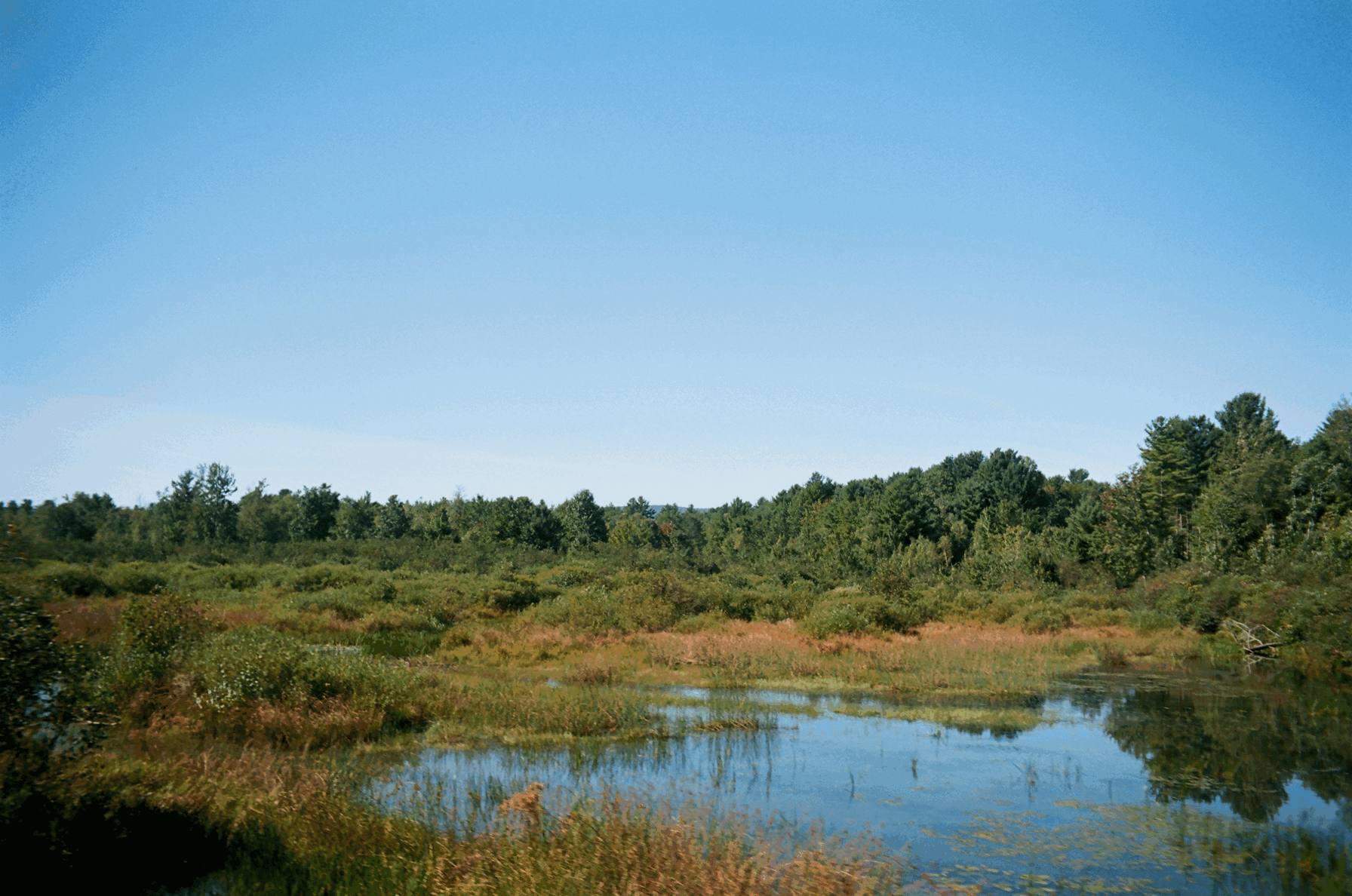
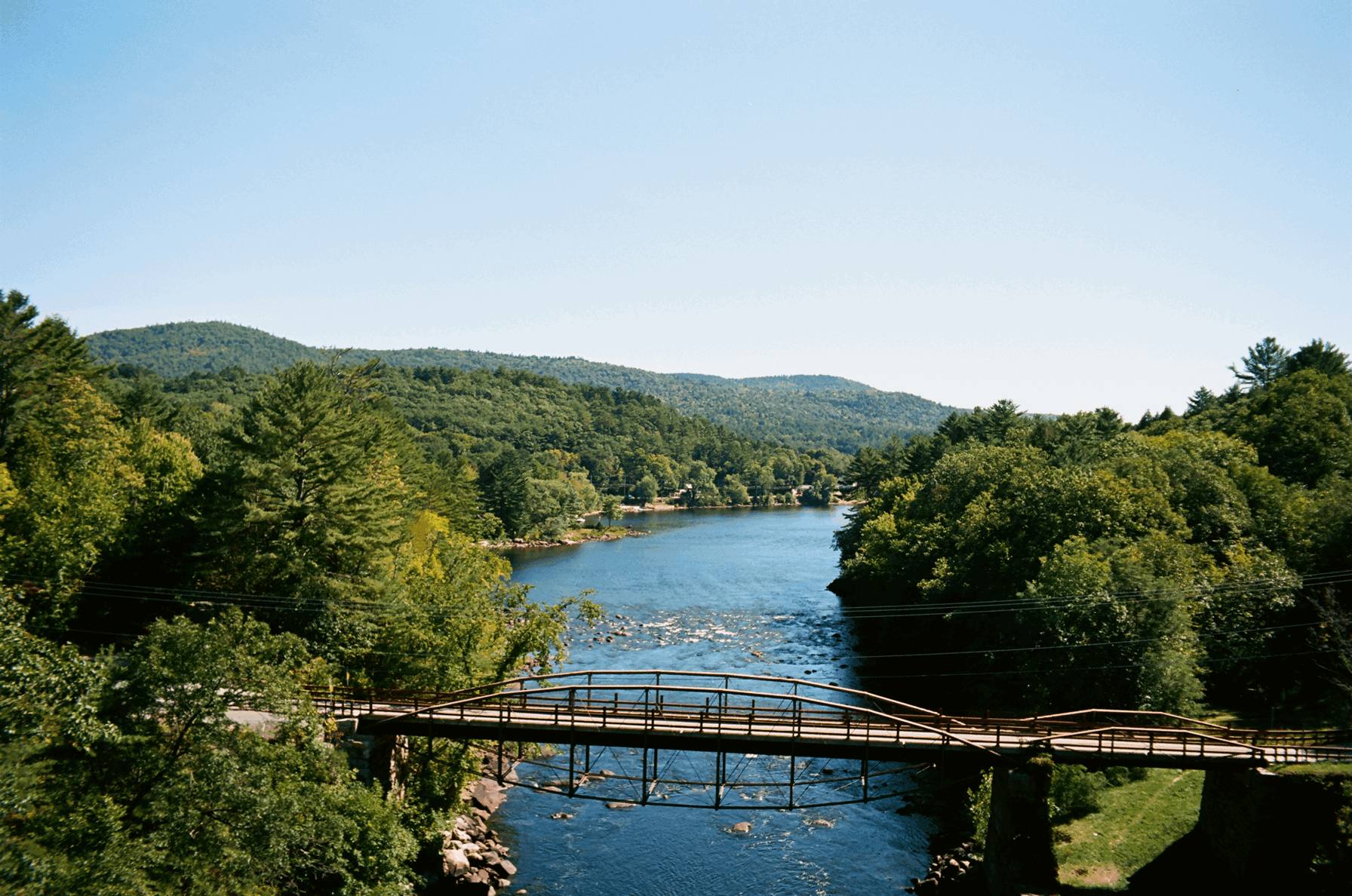
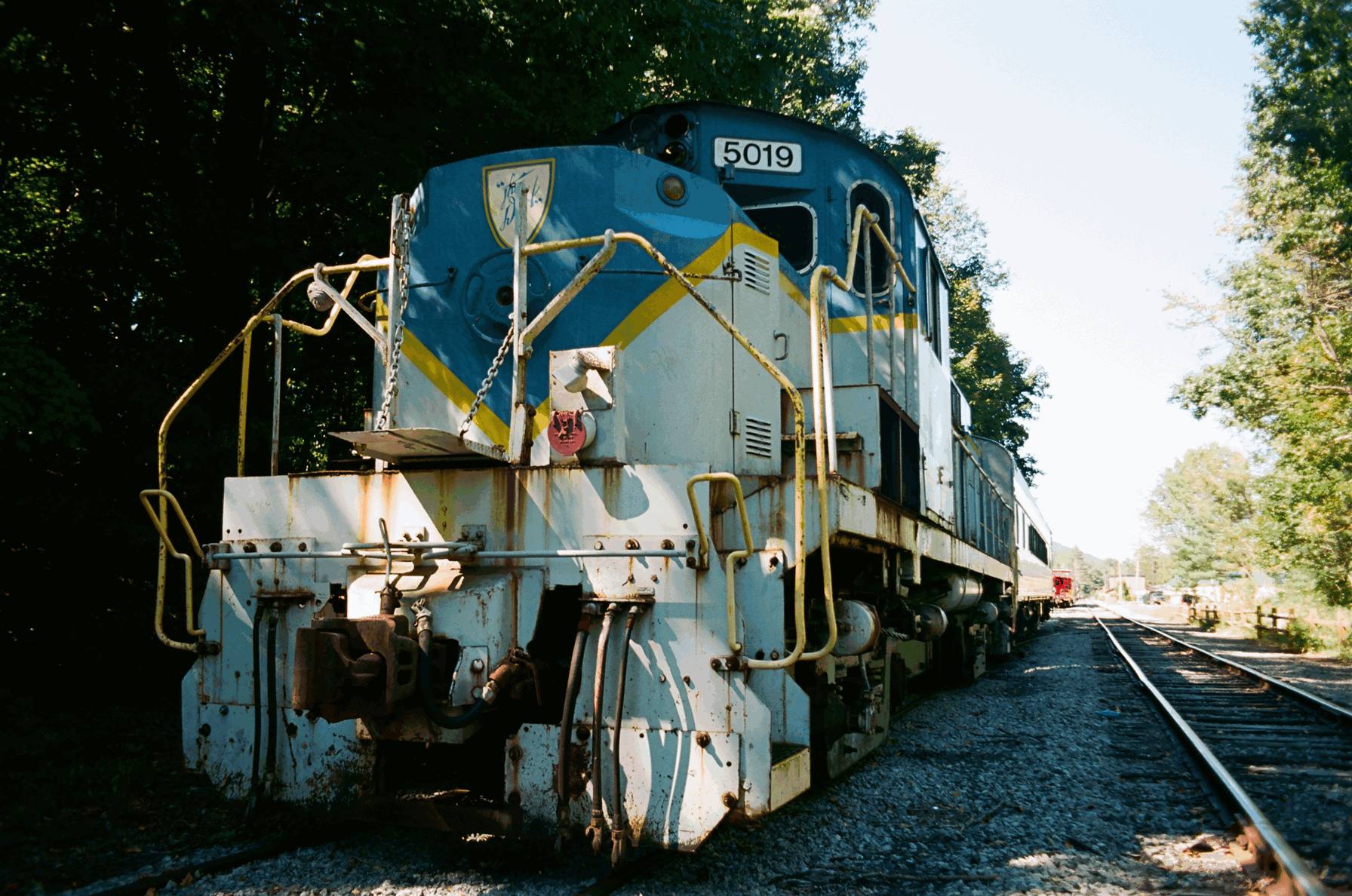
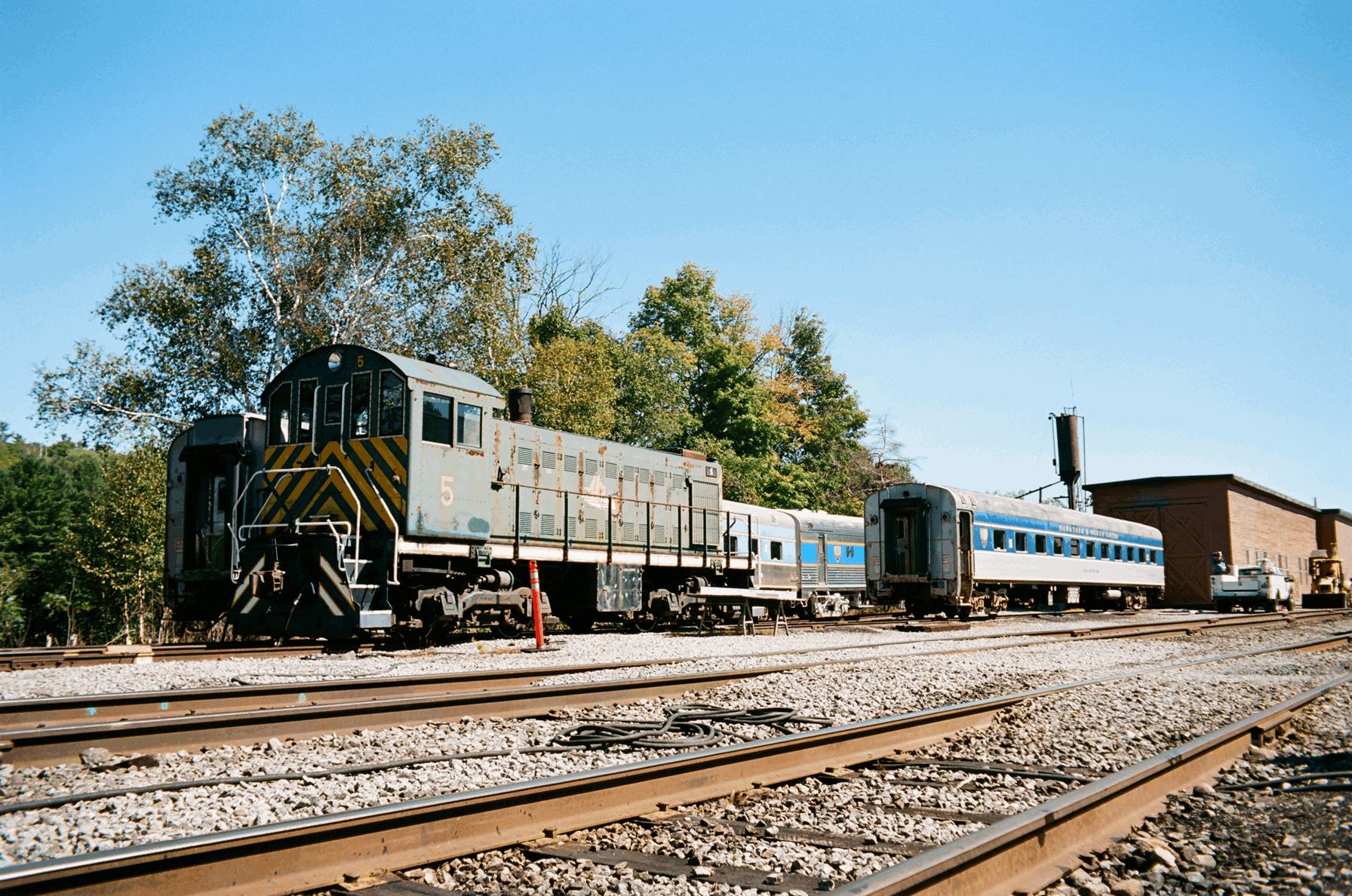
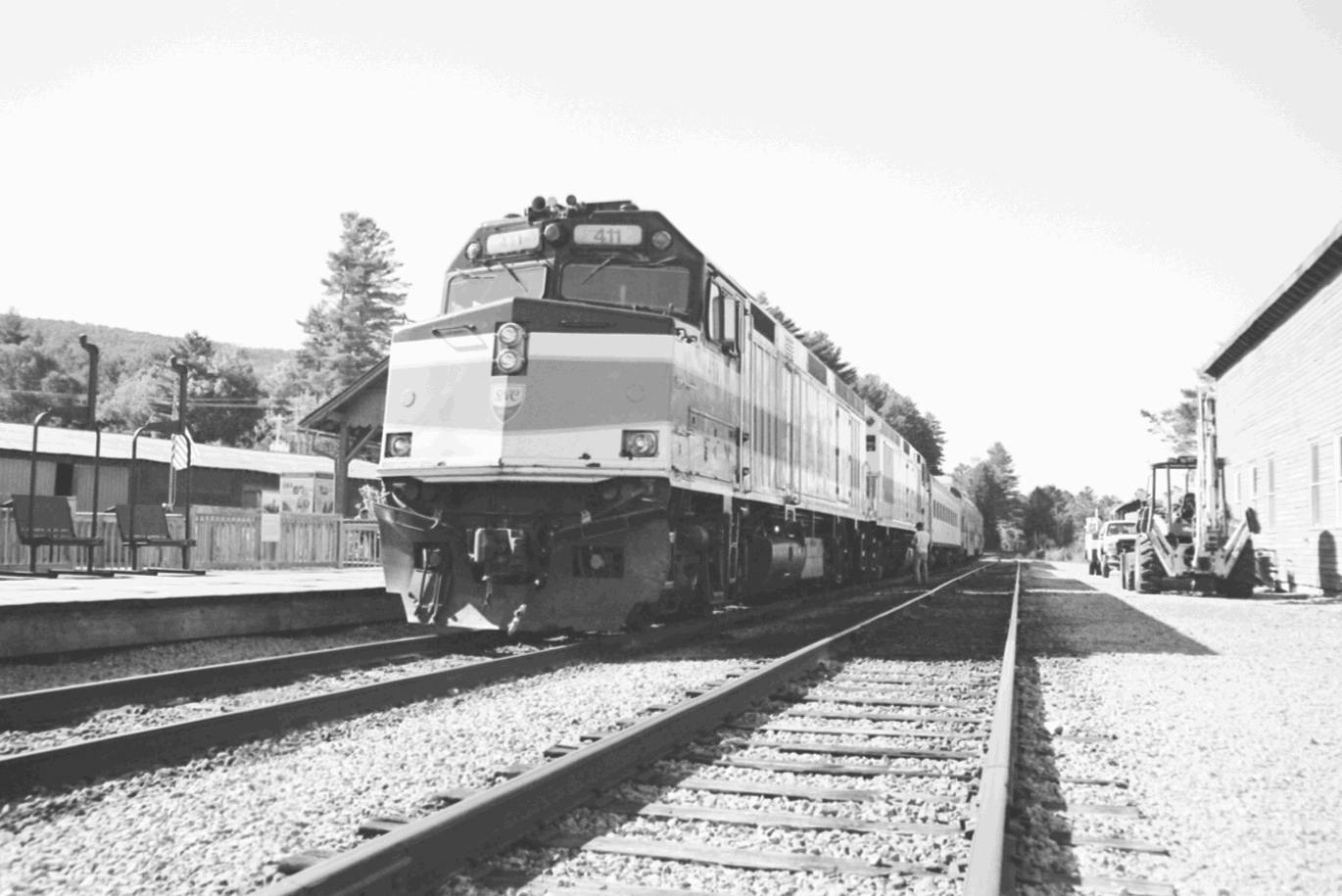
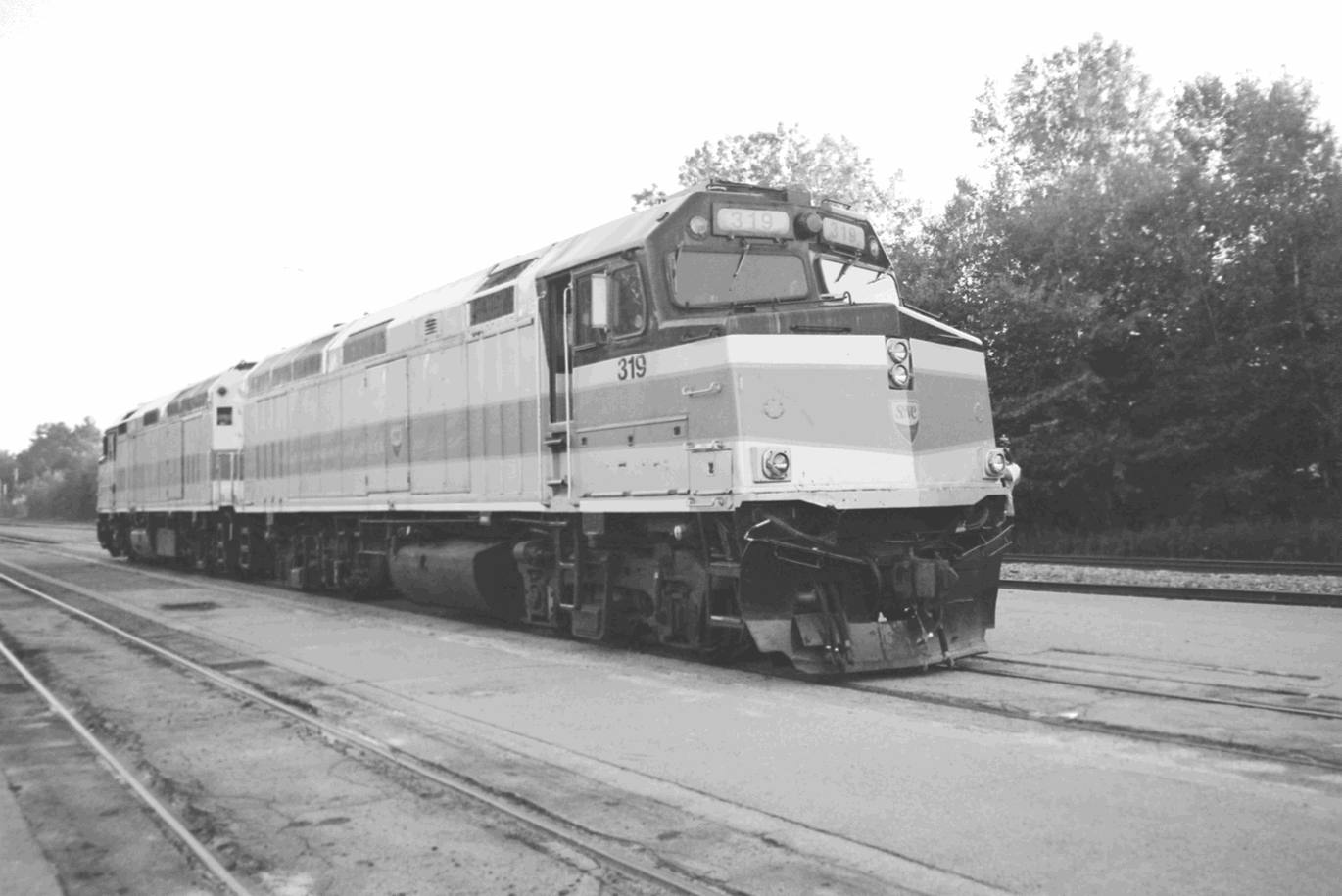
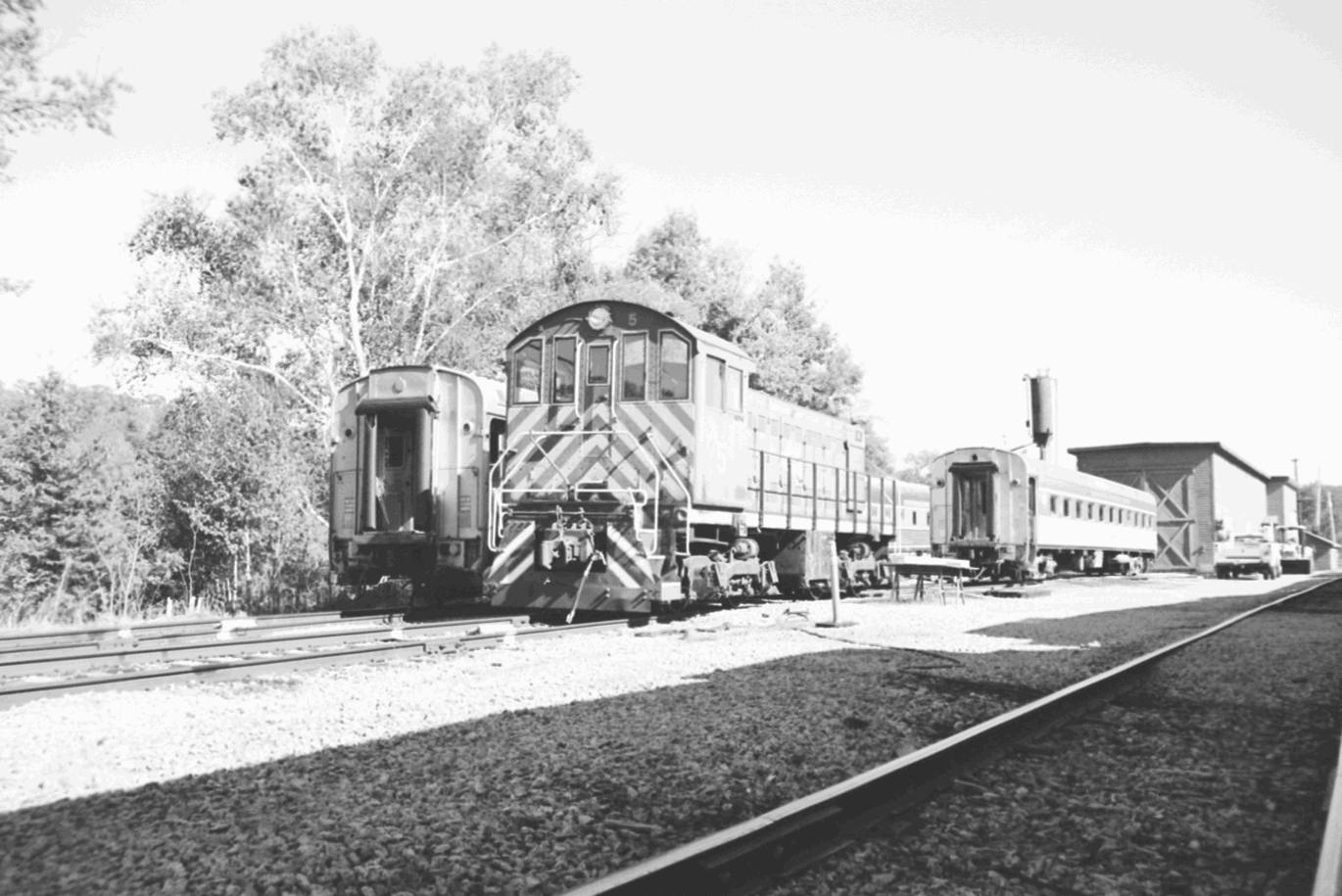
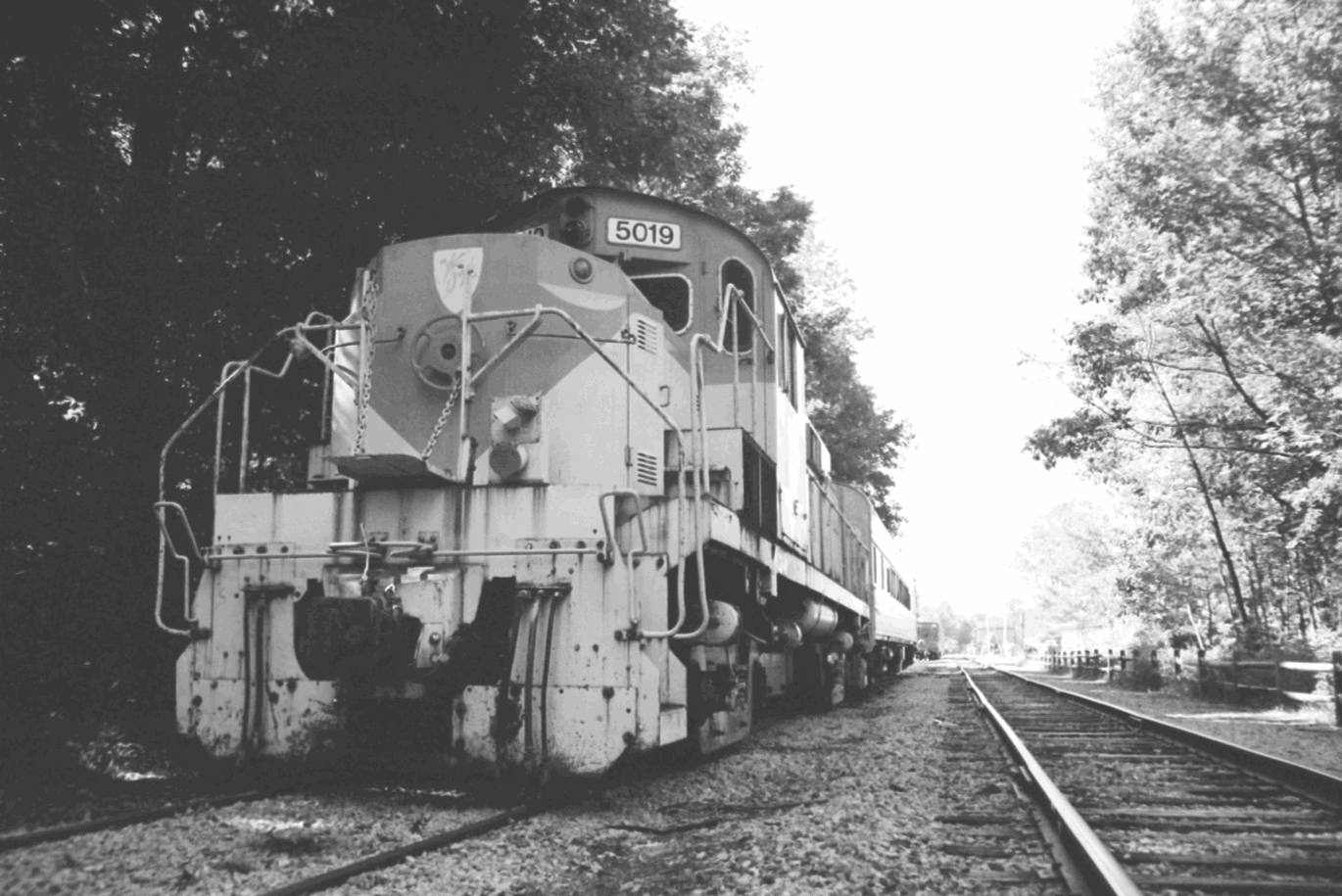




 .
.



 Post #4 by rrstuff
Post #4 by rrstuff








